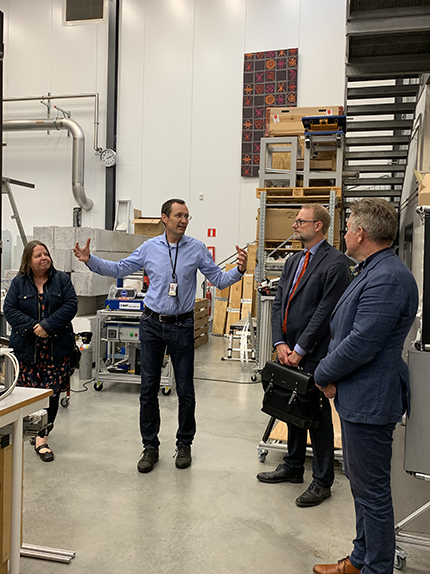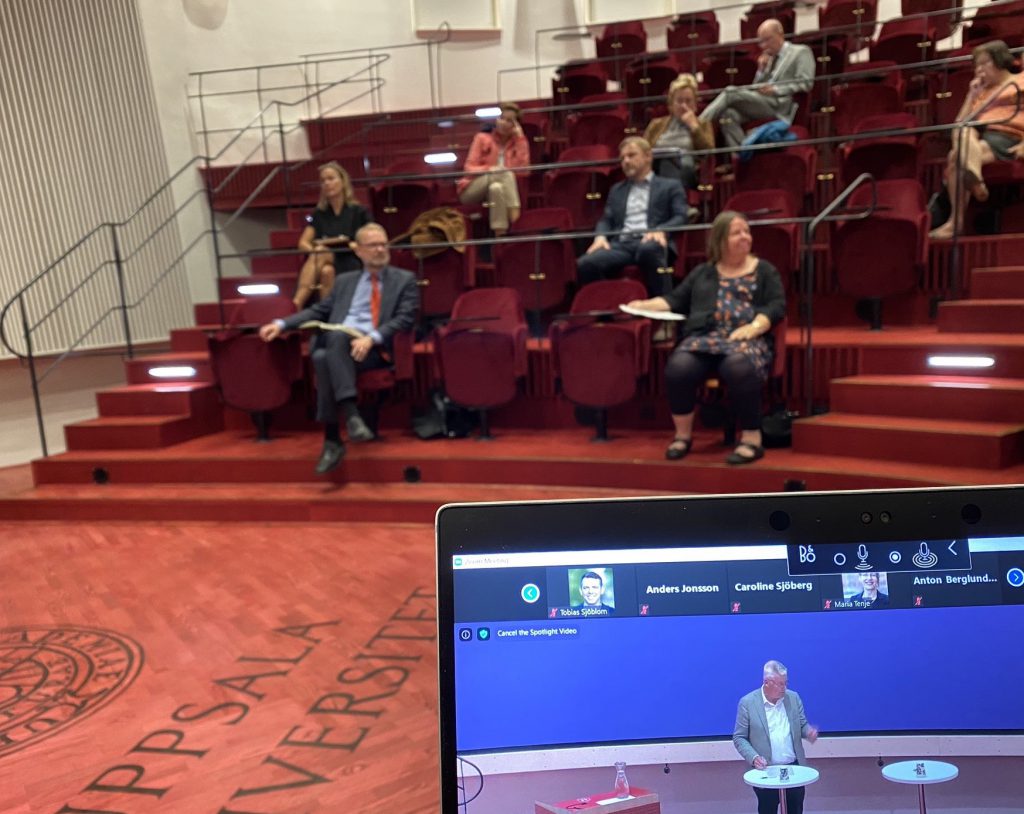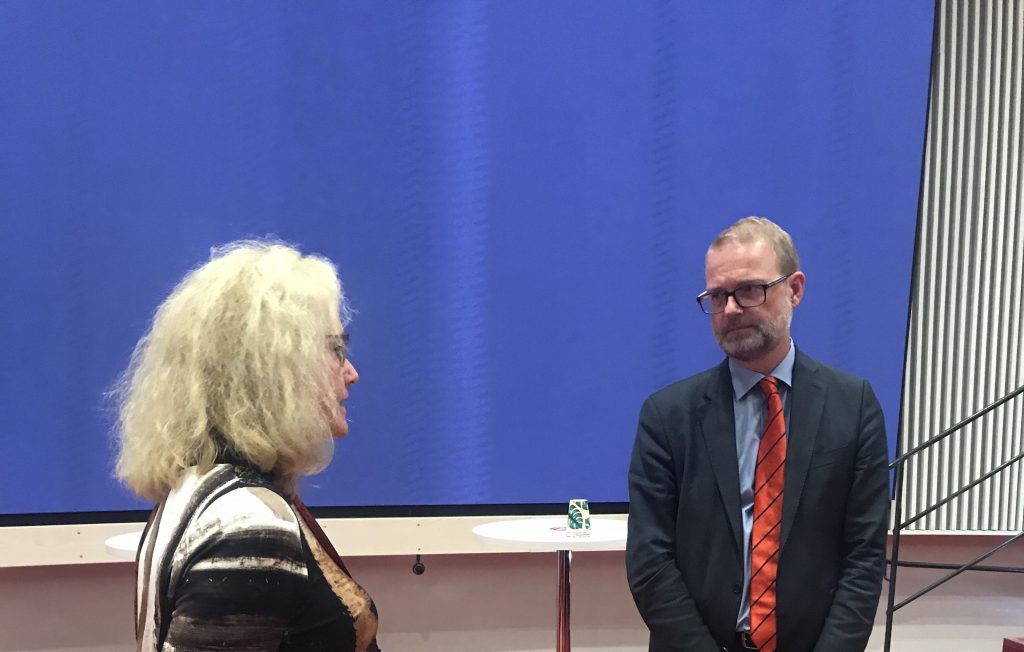The funding and organisation of research infrastructure is an urgent and vital issue for Sweden’s future as a research nation. Like many other stakeholders we raised this issue in our input to the government’s research bill. On Tuesday the government issued a short press release announcing that funds will be allocated in the autumn’s budget bill to both research infrastructure and direct government funding for higher education. Next year, both the direct government funding and the project and infrastructure funding available to the Swedish Research Council will be increased by a total sum in excess of SEK 2.7 billion. While it is positive that our message has been understood, we will naturally read the details in the research bill that is expected this autumn very carefully.
We also look forward with great interest to the inquiry that Tobias Krantz has just begun, on the very subject of the funding, organisation and prioritisation of research infrastructure. The research infrastructure landscape presents a fragmented picture, with many international linkages. An analysis of the system and the challenges we are struggling with is something the higher education institutions have long been calling for. Tobias Krantz was at Uppsala University yesterday. He met representatives of the FREIA Laboratory and the Swedish National Infrastructure for Computing (SNIC) and concluded the afternoon as the opening speaker at a Vice-Chancellor’s Seminar on research infrastructure.

It was a good seminar, with around 30 sparsely placed participants in the Humanities Theatre and more than 120 participants via Zoom. Many important questions were raised. A coherent structure is needed, with a clearly formulated mandate and long-term funding for the major facilities. That said, it is important to pick up on innovative, bottom-up ideas. The needs of research must be central and the higher education institutions have to be involved and exert influence. It is not easy to combine a long-term perspective and renewal. No single model will fit all research infrastructure. SciLifeLab is a successful example of a distributed infrastructure with many interlinked platforms and facilities that encompasses both sustainability and renewal.
With regard to funding as well, there will be no single solution. Fees are appropriate for some infrastructure facilities, but not for others. Although people often say that industry can contribute financially, a glance at the international picture shows that in the best case, industrial actors cover around 10 per cent of the costs. Having said that, there is great potential to recognise shared interests leading to joint projects with industry.

Another point that needs to be discussed in detail is our outlook on the balance between investments and operations. Some infrastructure facilities, particularly in humanities and social sciences, while not requiring high initial investment costs, take years to build up. It may therefore be more constructive to think instead about a building-up phase and an operational phase for more effective funding. In general, the inquiry needs to make impact analysis a recurrent theme.
The role of large-scale national e-infrastructure is another important issue that was discussed. Access to computational and storage resources is vital to ensure that other infrastructures work effectively and support research advances. E-infrastructure can therefore be regarded as the infrastructures’ infrastructure. We need to build on what already exists and come up with a coherent organisation with long-term funding that is based on research needs. Another area that must not be forgotten is instrumentation and accelerator development, the FREIA Laboratory being one example. This vital development of technology for infrastructure, which often goes on to benefit industry, falls between the cracks in terms of funding and needs to be made visible.

Tobias Krantz has received wide-ranging terms of reference and we are more than happy to assist his endeavours. In doing so, we must focus on the essentials and not forget that we HEIs can, and should, do certain things ourselves. Krantz, who throughout showed great interest in the issues, warned about exaggerated expectations of the inquiry and we do of course realise that it will not be able to solve everything. But we hope it will at least take us a few steps forward.
